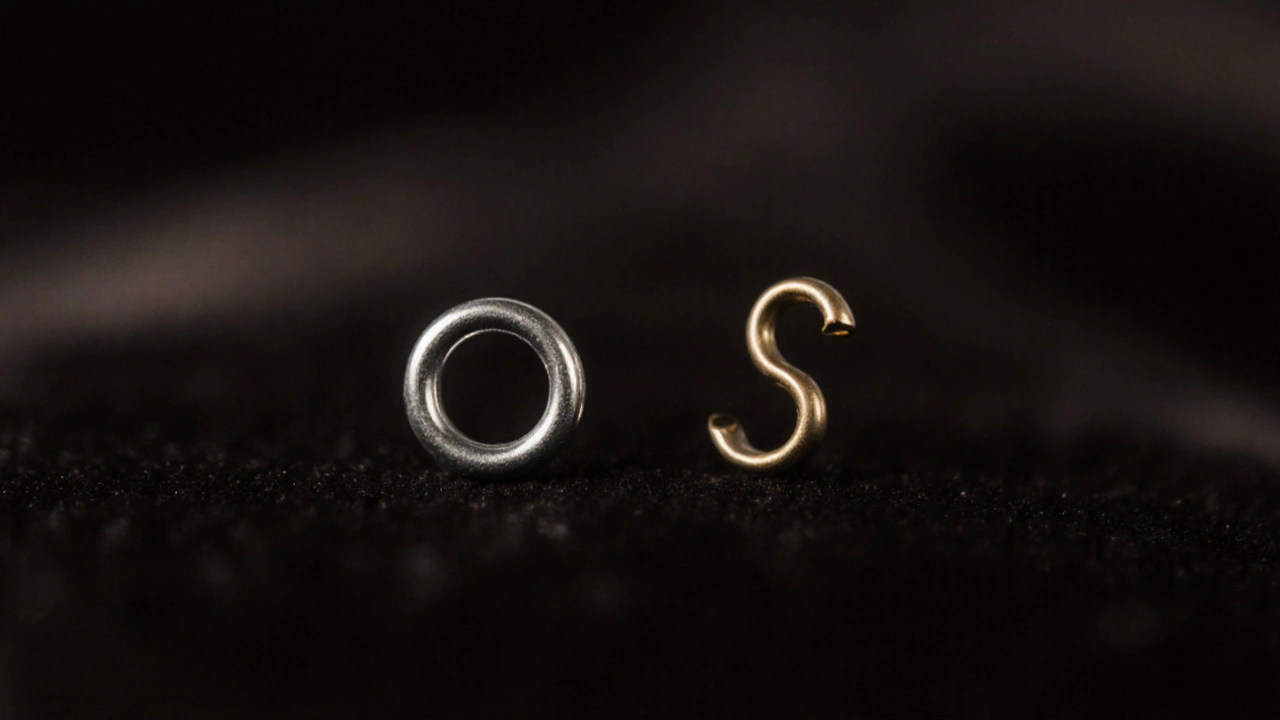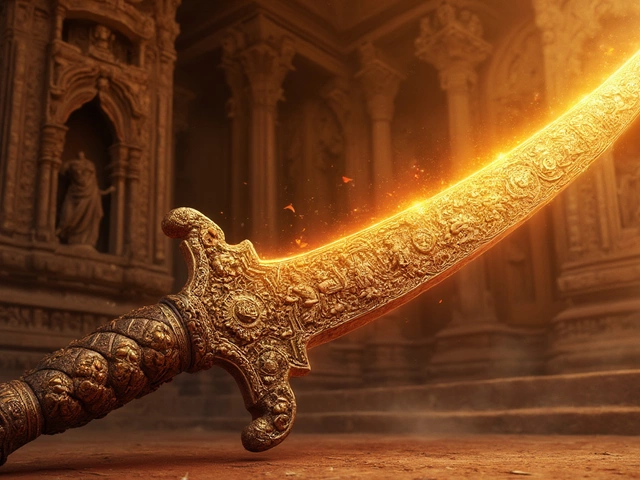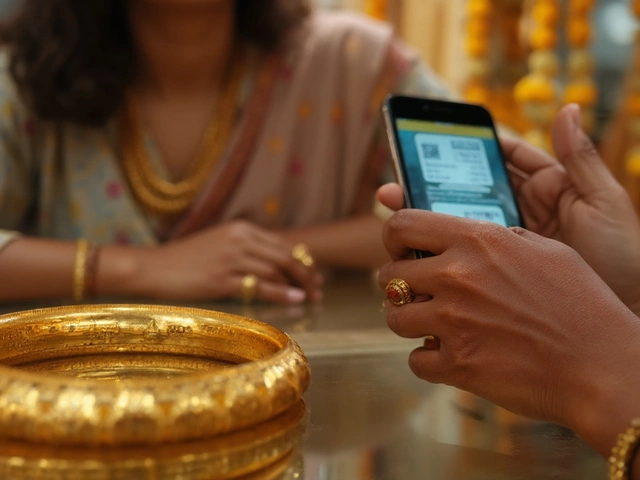Split Ring – Essential Jewelry Finding
Looking for a reliable split ring? When working with Split Ring, a metal loop with a tiny split that opens to attach chains, pendants or charms. Also known as open ring, it lets you join pieces without soldering. Jump Ring, a solid, closed loop used to connect charms to chains works hand‑in‑hand with split rings for flexible designs. And a Clasp, the fastener that secures a necklace or bracelet often relies on split rings to stay attached. Together they form the backbone of most Indian jewellery pieces.
Key Attributes and Choosing the Right One
Split rings come in gold, silver, stainless steel and brass, each offering a different look and durability. The size of the split – measured in millimeters – determines how easily you can open it with a jump‑ring opener, a tiny tool that saves finger pain. A wider split provides more clearance for bulky charms, while a narrow split blends seamlessly into delicate chains. When you pair a split ring with a matching metal jump ring, the connection stays strong and the aesthetic stays consistent. This combination is the go‑to for traditional mangalsutras, modern pendants, and even DIY beaded bracelets.
Understanding these basics helps you avoid common pitfalls like picking a ring that’s too thin for heavy gemstones or a metal that tarnishes quickly. Our article collection below dives deeper – from why platinum split rings lose resale value, to current rose‑gold trends and how to spot cheap findings. Whether you’re a beginner crafting your first piece or a seasoned collector upgrading your stash, the insights here will guide you to the right split ring for every project.
Jump Ring vs Split Ring: Key Differences Explained
Clear guide on jump rings vs split rings, covering definitions, uses, material choices, opening tricks, and a handy FAQ for jewelry makers.





